Spring gobbler seasons are right around the corner; the turkey hunting faithful are poring over their gear for the umpteenth time, torturing the family dog with clucks, purrs, and kee-kee runs in the garage and selling their plasma to buy a fresh box of turkey ammo.
For hunters in Oklahoma, prep for the season also includes adhering to a new, reduced bag limit.
It’s not new news that turkey numbers are down in some of the typically bird-rich regions of the country. Wildlife officials in states like Missouri, Alabama, Pennsylvania, Georgia, Ohio, and Michigan have adjusted spring gobbler hunting bag limits or shifted season dates to help turn the tide.

In response to shrinking turkey numbers within its state borders, the Oklahoma Wildlife Conservation Commission changed the state-wide bag limit to one bearded bird per hunter per season, regardless of how the bird is killed (bow, crossbow, muzzleloader, or shotgun). Last year’s bag limit was three birds.
Oklahoma will also be opening its spring gobbler season on April 15, a full 10 days later than last year.
For Eric Suttles, Southeast Region wildlife supervisor for the Oklahoma Department of Wildlife Conservation, it’s a necessary change that will leave more birds in the woods and afford them more time to breed.
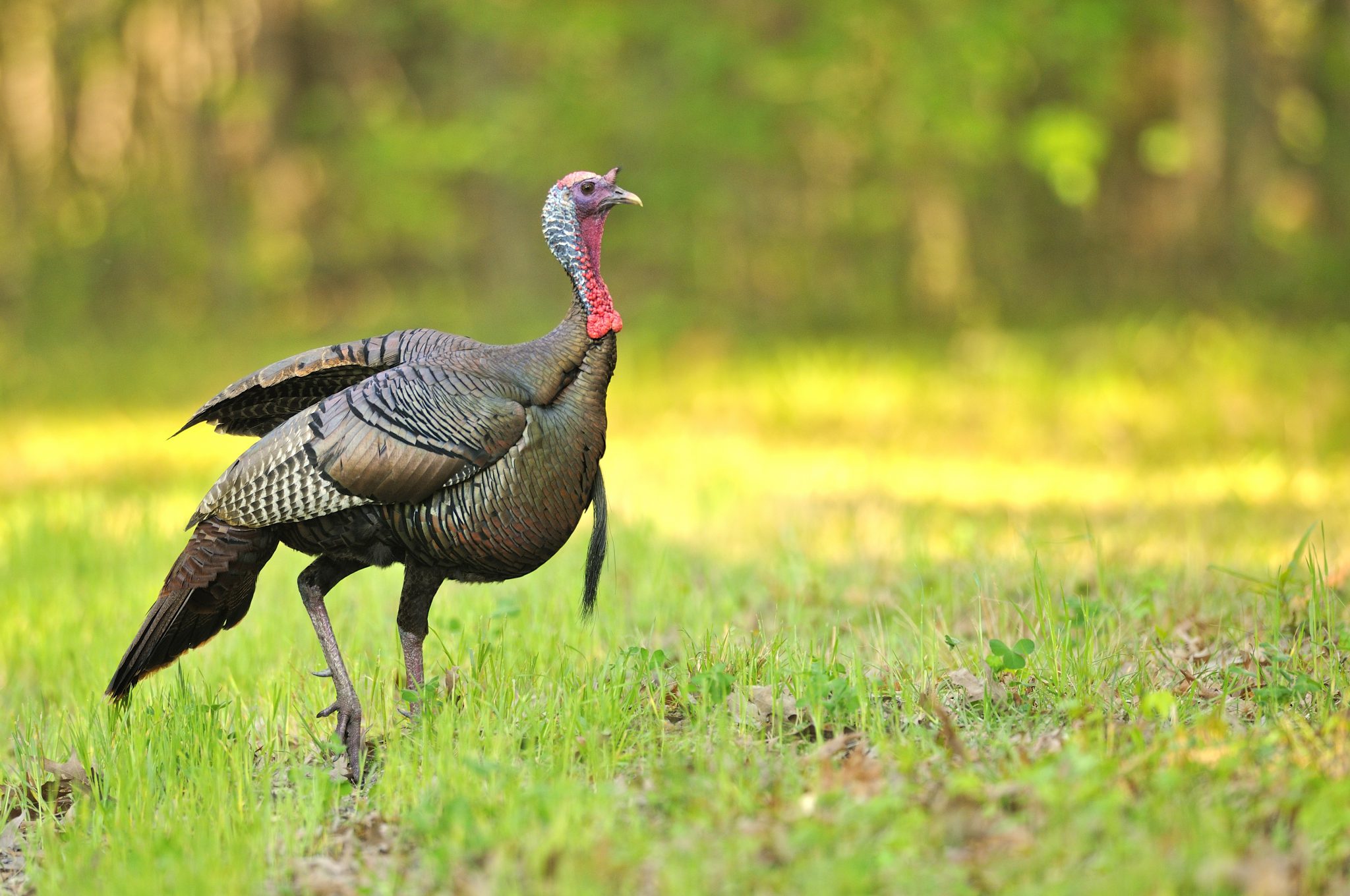
“The later start date and one-bird bag limit for spring turkey season will protect dominant, mature toms during peak breeding,” Suttles told the commission. He predicted it would be at least three years before the regulation changes might yield observable, positive results in turkey populations.
The commission reported its decision is intended to give the state a chance to improve its wild turkey population while still providing hunters with the most opportunities possible.
According to the conservation department, there are three subspecies of turkey in the state — Eastern, Rio Grande, and Merriam’s.
Relocation efforts between 1951 and 1973, along with the sheer resilience of the birds, resulted in the turkey population exploding to 1.4 million birds nationwide.
Rio Grande turkey populations have declined in southwest Oklahoma by 67% over the past three years. According to winter flock surveys conducted by the department, northwest Oklahoma has seen a 55% decline in turkey numbers.
The abundance of caution is not unwarranted. We’ve been here before.
RELATED – Field to Table: Biscuits and Wild Turkey Gravy
Bag Limits Alone Won’t Cut It
Turkeys are one of the greatest North American conservation success stories. Numbering roughly 10 million in pre-Columbian times, by the 1900s, turkeys were almost completely wiped out on the continent. Their near obliteration was caused by overhunting and drastic habitat loss as railroads, cities, agriculture, and logging swept across the nation.
In the 1940s, the population dipped as low as 200,000 wild birds nationwide, with one quote claiming only 30,000 in existence.

Relocation efforts between 1951 and 1973, along with the sheer resilience of the birds, resulted in the turkey population exploding to about 1.4 million in the 1970s in the United States alone.
The National Wild Turkey Federation (NWTF) was founded in 1973 and became the catalyst for future restoration efforts. The population of wild turkeys reached approximately 6.7 million at its zenith in the years since. It sits at roughly 6.1 million birds today.
According to the NWTF, without quality habitat, high population densities occur, which means a significant number of hens may not successfully hatch or raise a brood. Likewise, with high population densities, the risk of disease becomes higher as well.
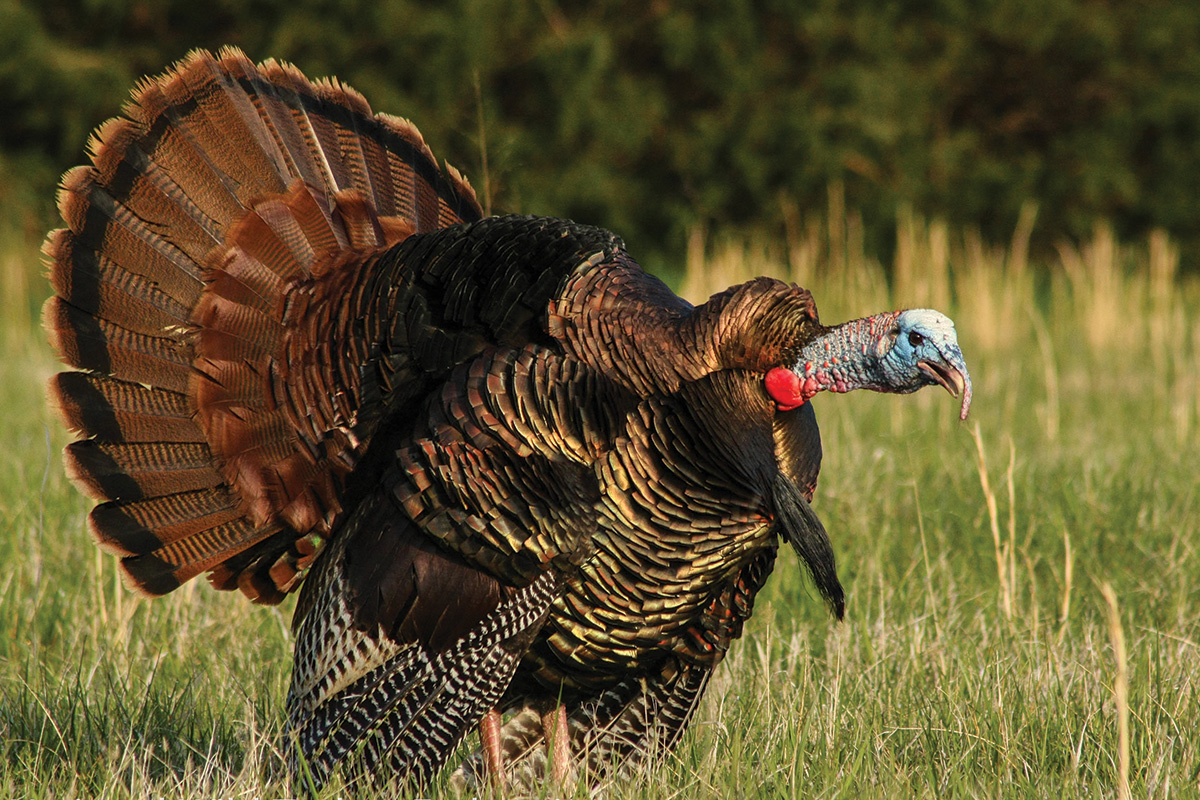
Predation and changing climate play a significant role as well.
According to the conservation department, restoration of wild turkey populations — growing sheer numbers — used to be the sole focus. Today, biologists have to fine-tune habitat and harvest regulations in order to maintain carrying capacity.
Reduced bag limits and later spring season openers are a great start when it comes to helping improve wild turkey populations. The hunting community’s involvement, however, in habitat preservation, restoration, and advocacy is the long view that we all need to support for the future of wild birds.
READ NEXT – Where the Light Shines in: A US Marine’s First Turkey Hunt in Montana

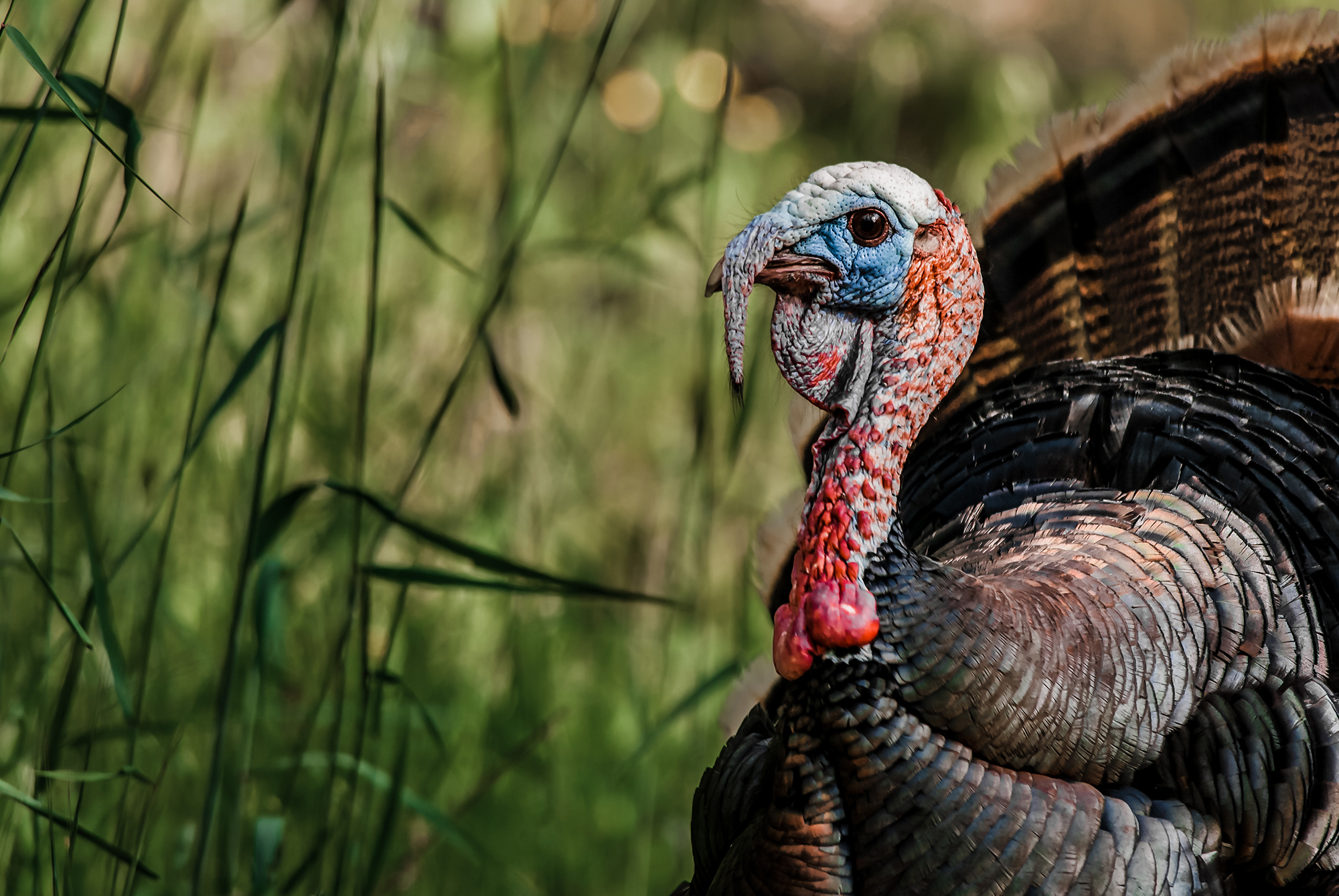

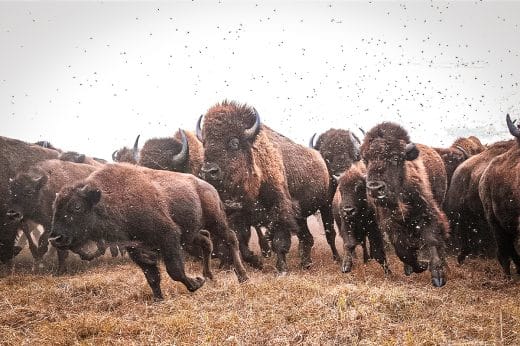
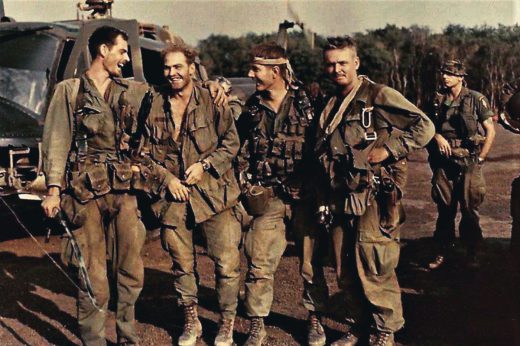
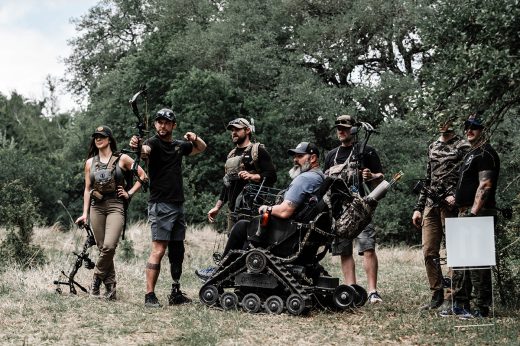


Comments